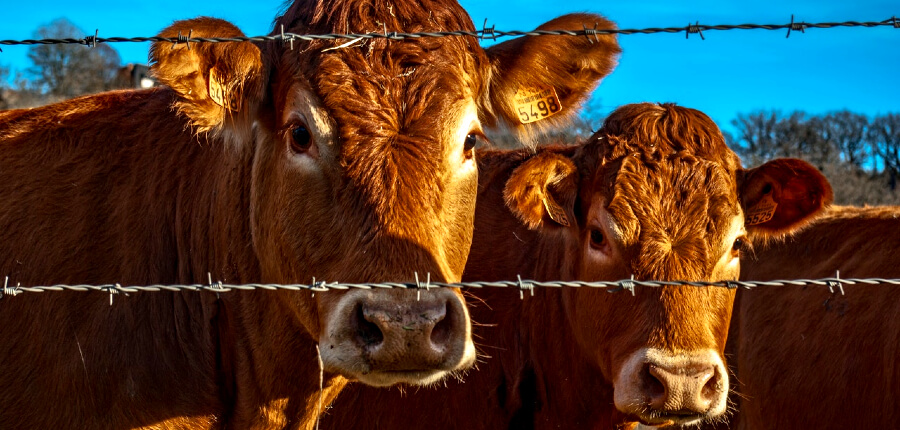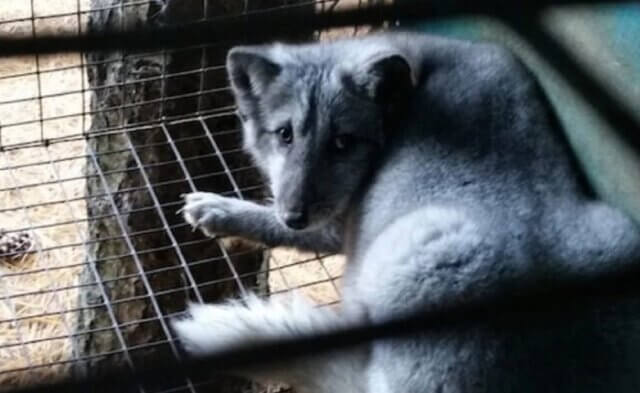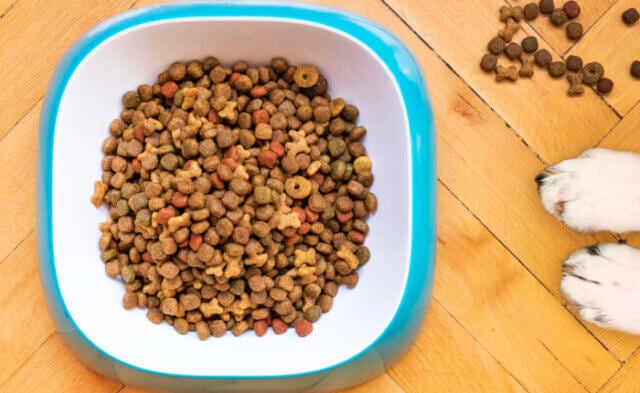This Earth Day, more than any previous one, it’s hard to find anyone who doesn’t know that the planet is in trouble. The United Nations has just warned that we must slash greenhouse-gas emissions by 43% by 2030 and reach peak emissions before 2025 at the latest—or time will be up and the game will be over. With the stakes so high, it’s easy to feel despondent. But if governments won’t act, we can, and individual acts do add up, as surely as individual bubbles create a pot of boiling water. Here’s one often overlooked, simple action among many that does make a difference: Ditch leather.
Leather is an extremely lucrative coproduct of the meat industry, which is one of the world’s biggest polluters and contributors to the climate catastrophe. Animal agriculture—of which leather is an integral part—is responsible for nearly one-fifth of all human-induced greenhouse-gas emissions.
Clearing land to raise animals and grow crops to feed them is a leading cause of deforestation, including 80% of deforestation in the Amazon rainforest. A report released late last year by the conservation group Stand.earth linked more than 100 fashion brands to Amazon deforestation via their leather supply chains. Brazil supplies more than 20% of the world’s total leather exports, making it the single largest source of animal hides.
And remember the admonition not to waste water? Well, animal agriculture uses a massive amount of water, contributing to droughts and the spread of wildfires, and the chemical- and waste-laden runoff from factory farms poisons our waterways—killing fish, creating algal blooms, and potentially spreading disease.
Formaldehyde, coal-tar derivatives, and various oils, dyes, and finishes—some of which are cyanide-based—are used to prevent animals’ skin from rotting in the buyer’s closet. PETA Germany investigated the billion-dollar leather industry in Bangladesh and found child workers soaking hides in harmful chemicals. Its investigators visited the poor residential district of Hazaribagh in Dhaka, where 15,000 laborers toil in more than 200 tanneries. Workers stand barefoot in toxic chromium effluent and handle acids and bleaches that can cause chronic skin diseases, respiratory conditions and cancer. According to the World Health Organization, 90% of workers in Hazaribagh’s tanneries will die before they’re 50. And the scene is repeated along India’s waterways and elsewhere.
And then there are the animals. More than 1.4 billion cows, goats and sheep—and millions of other animals—are killed for leather every year. Buying leather supports both slaughterhouses and factory farms—in which animals’ eyes and lungs burn from the reeking ammonia fumes emanating out of their own accumulated waste and they’re also castrated and dehorned without any painkillers.
PETA’s most recent exposé of the leather industry’s live export horrors revealed that after enduring a grueling journey halfway around the globe in filthy conditions and without sufficient food or water, some cows are so weak and sick that they no longer have the strength to stand up. So a crane is employed to hoist them up off the ship by one leg, which can cause excruciatingly painful joint dislocations and broken legs. At the slaughterhouse, the animals are often killed without even being stunned first: They’re pushed to the ground, sometimes they’re tied up, and their throats are cut.
The good news is that there are many options that don’t subsidize violence and misery or destroy the environment. Today’s innovative vegan leather offerings are made out of everything from pineapple leaves and apple peels to cactus, cork and mushrooms. One creative company in India makes biodegradable leather out of discarded temple flowers that would otherwise end up in the Ganges.
According to the latest data from the Higg Materials Sustainability Index, a ranking system created by the Sustainable Apparel Coalition, cow leather contributes more to global warming, water pollution, water depletion and greenhouse-gas emissions than any synthetic or plant-based vegan option.
Killing animals for their skin comes with the same environmental baggage as killing them for their flesh. Leather destroys the planet, kills animals, and endangers workers. So this Earth Day—and every day!—why not embrace environmentally friendly and ethical fashion by going leather-free? Our Earth really can’t wait any longer.





